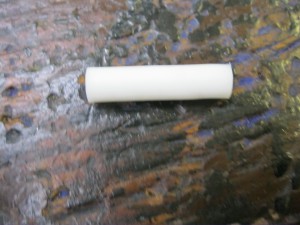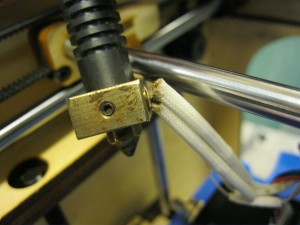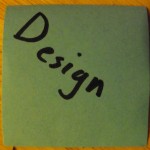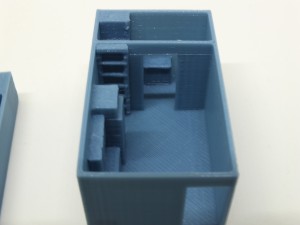If your nozzle gets clogged or jammed you will need to clear it. To do this you should first take it off the mount.
To take off the thermistor and the heat cartridge find the screw the the metal block. Then unscrew the screw and remove the heat cartridge. Do the same for the thermistor.

Then unscrew the nozzle and the metal part. For the nozzle you will need a wrench and for the nozzle you will need a flat head screwdriver. After you do this look through the nozzle to see if it is clear. If its not then get a blow torch and go somewhere were you can use it. Then heat it up and melt the plastic that is stuck in there out. You may also want to check the smaller metal piece to check if its clogged.
 This piece may also be clogged. This is the piece that is on the inside of the black plastic cylinder. If so then use some tip cleaners or something with a similar shape. Then push the plastic that is stuck in there through.
This piece may also be clogged. This is the piece that is on the inside of the black plastic cylinder. If so then use some tip cleaners or something with a similar shape. Then push the plastic that is stuck in there through.
Then done. Put it all back together and make sure that you don’t crush the thermistor when you put it back in.





